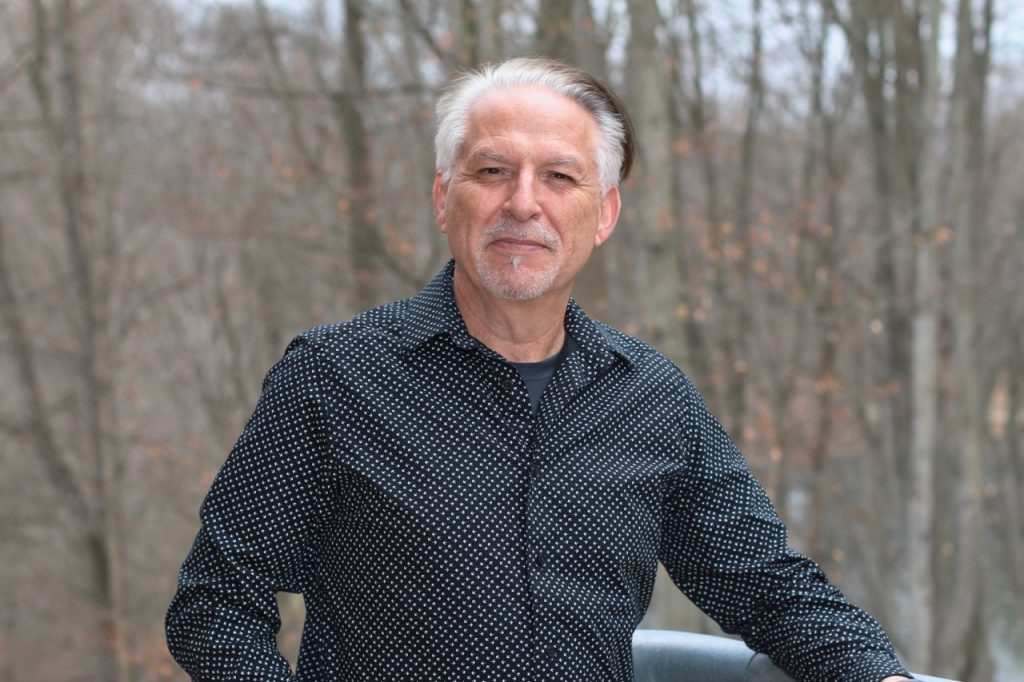Metacognition — the awareness or analysis of one’s thinking processes — has been widely written about in educational circles in connection with improved teaching and learning. And with advances in brain-scanning technology, scientists and cognitive psychologists now have a greater understanding of the neural architecture of metacognition, which can be leveraged to strengthen our brains for greater performance.
This is important for business leaders as they struggle to “know what they don’t know” and recognize assumptions running through their minds that may not be correct.
Overcoming our bias for negativity
One of the brain’s primary functions is to assess threats and rewards and react accordingly. Avoiding threats in the environment, such as close encounters with a saber-tooth tiger, translated into a very big reward for our ancestors — namely survival. Thus, our brains are conditioned to dwell on negative stimuli rather than positive cues in the environment. And though we no longer need to flee from large animals on a daily basis, our modern brains still have that bias, allowing negative events and news to affect us more than positive ones.
The good news: We can overcome our brain’s bias for negativity through mindfulness, which is important because positivity is linked to greater productivity and happiness.

In his book “Positive Intelligence,” Shirzad Chamine points to research that shows leaders and teams with higher levels of positivity perform 30-35% better than average. Our brains can be “our best friends or our worst enemies,” says Chamine, who has developed a positive intelligence quotient (PQ) to measure mental positivity levels.
Chamine refers to the primitive parts of the brain (stem and limbic system) as our “survivor brain,” and newer parts (including the middle prefrontal cortex) as our “PQ brain.” These regions are wired differently from a neurochemical perspective, Chamine explains. The survivor brain produces such emotions as anger, anxiety, regret, blame, disappointment and shame. In contrast, the PQ brain is associated with curiosity, creativity, empathy, joy, calm, resolve and gratitude.
To raise your PQ and benefit from the positive emotions and neurochemicals, Chamine offers three strategies:
- Weaken your “Saboteurs” (Chamine’s term for the negative inner voices and beliefs that control our survivor brains). His online assessment addresses nine universal saboteurs, such as “Hyper-Achiever, Restless and Pleaser.” The idea is to identify which of these thought patterns influence you most; when their voices crop up in your thinking, acknowledge them as saboteurs and wave them aside.
- Strengthen your “Sage” (the voice of your PQ brain). To do so, embrace a lemonade-from-lemons philosophy that any problem can be turned into a gift or opportunity.
- Strengthen your PQ brain muscles. Practice simple mindfulness exercises that direct attention away from negative mental chatter and tune into your physical senses. For example, touch two fingers together lightly for 10 seconds and try to feel the ridges, tune into your breathing or listen intently to some sound, such as birds singing. Do these mini-meditations when you feel a saboteur is present.
A quick sidenote: In any type of personality assessment, whether it’s Myers-Briggs or Chamine’s PQ, it’s important to avoid labelling yourself — and others. Saboteurs are not fixed genetic characteristics, such as blue or brown eyes. Rather, they’re thought patterns from your subconscious (limbic system) that your prefrontal cortex is trying to make sense of.
Leveraging mindfulness to break bad habits
In “Unwinding Anxiety,” Judson Brewer takes a deeper dive into metacognition from a neuroscience perspective.
Director of research and innovation at Brown University’s Mindfulness Center and an associate professor of psychiatry, Brewer discusses how reward-based learning — which revolves around a trigger, behavior and reward — helped our early ancestors to survive. Cavemen saw food (trigger), ate food (behavior) and felt better (reward). During this process, their brains released dopamine, a neurotransmitter that not only enabled them to make a connection between food and surviving but also to remember where they found the food.
Yet the same brain chemicals that helped early humans stay alive are now linking emotions and cravings with a wide range of addictive behaviors, from excessive worrying and surfing social media to smoking and overeating. Take cupcakes, Brewer says. Not only are they delicious, but we also associate them with celebrations, birthday parties and presents. As a result, when we eat a cupcake, we feel good. Yet even though the reward may be momentary, our brain creates a habit loop. Soon, reaching for a cupcake becomes our go-to behavior whenever we want to feel good, regardless of whether we’re hungry or not — and the needle on our bathroom scale quickly begins moving in the wrong direction.
Trying to overcome bad habits by sheer willpower isn’t very effective, Brewer says. That’s because willpower relies on younger regions of our brain (e.g., the prefrontal cortex) — the first areas to shut down when we experience stressful triggers.
Yet by exercising mindfulness, we can tap into older parts of our brains and reconstruct our habit loops. Brewer points to three levels of awareness:
- Recognize and understand your habit loops. (What’s prompting you to reach for the reward?)
- Become disenchanted with your current reward. (Ask yourself what you’re getting out of the reward? Is it worth the result?)
- Find bigger, better rewards so you can transition out of negative habits and embrace healthier ones.
Curiosity is a powerful tool to hack into a habit loop, Brewer says. By asking a question, such as “What am I getting out of this?” you can halt, or at least delay, negative behavior merely by calling attention to it.
Takeaways for second-stagers
Both of these books provide key insights for entrepreneurs.
Leaders, especially second-stage business owners, face complex issues — often many at the same time. To make good decisions, they must consider variables in the external environment and their company’s internal operations. Yet that’s not enough. They must also be aware of what might be influencing their inner thoughts and behaviors.
For example, on Chamine’s assessment I rank high for “Restless” and “Hyper-Achiever” saboteurs, which means I have a tendency to get bored easily and think about the next big project, versus spending enough time in the present. This can cause anxiety for myself and others; to be an effective facilitator I can’t get too far ahead of the group.
I especially like how Brewer positions curiosity as a superpower because it quickly opens our minds. Indeed, inquiry is a cornerstone of process consultation; a successful facilitator uses deep questions to help others improve their thinking. Yet you can be your own facilitator by asking: “What has caused me to think this way? What are the variables linked to the trigger? What am I going to do about the problem? How will this affect others around me?”
This process of self-diagnosis (identifying variables and forming hypotheses about our thinking) is an important path to change for both leaders and their teams. Learning and change only happens when we are able to recognize the variables influencing our thinking — and detect and correct errors.
Similar to physical exercise, investing in metacognition pays multiple dividends. The more leaders can increase their metacognitive skills, the better decisions they can make for themselves and their companies. In addition, you’ll have greater peace of mind and find that personal and professional relationships grow stronger.
(Published May 5, 2021)
